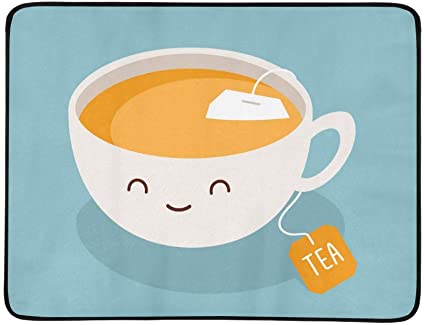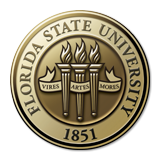
By Nicholas Hessing
If you attended the Science Roundtable last spring semester you probably remember T.E.A.: Teach, Exemplify, Assess. While this strategy works best with conceptual understanding such as graphing quadratic formulas or calculating vectors, it can also be extended to other topics such as writing or analyzing historical events.
T.E.A. sums up the basic components of effective teaching – introduce a new concept, provide examples of the concept in practice, and evaluate the student’s understanding through repetition. Many of our tutors teach concepts to their student athletes and provide examples without examining their full understanding. As a result, students return to their lecture with a vague understanding of foundational concepts. Think of it this way, a construction crew would never build on dirt. They first must lay a solid foundation of cement and steel before building up a skyscraper. The same applies to a student’s understanding; imagine learning about chemical thermodynamics without first learning to balance a chemical reaction. In absence of a rooted assessment the learning process will inevitably come crashing down.
Writing a research paper is a great opportunity to employ T.E.A. in your instructional approach. AMH 2000 often expects students to draw similarities across American time periods and illustrate these continuities in a concise essay. Your role as a tutor is to help student athletes describe these similarities and to do so clearly. Say your student athletes is prompted to write about protest at 3 points in American history. First, pinpoint what time periods they are most interested, say the prohibition movement, the suffragist movement, and counterculture movement. Next, draw continuities among these movements with questions such as a “Was there a person central to the movement?”, “What demographic was mobilized?”, and “What was happening in the broader context of American history that spurred the movement?”. Next, assess their understanding by reviewing the paper both for content and mechanics. Again, T.E.A. works well to improve a student’s grammar. If the student writes in passive instead of active voice, teach the difference between the two and provide examples of each. Then assess the student’s understanding by prompting them to restructure their sentences into active voice.
Teach Exemplify Assess is a useful tool when instructing students and is equally functional for tutors of all levels of experience.
